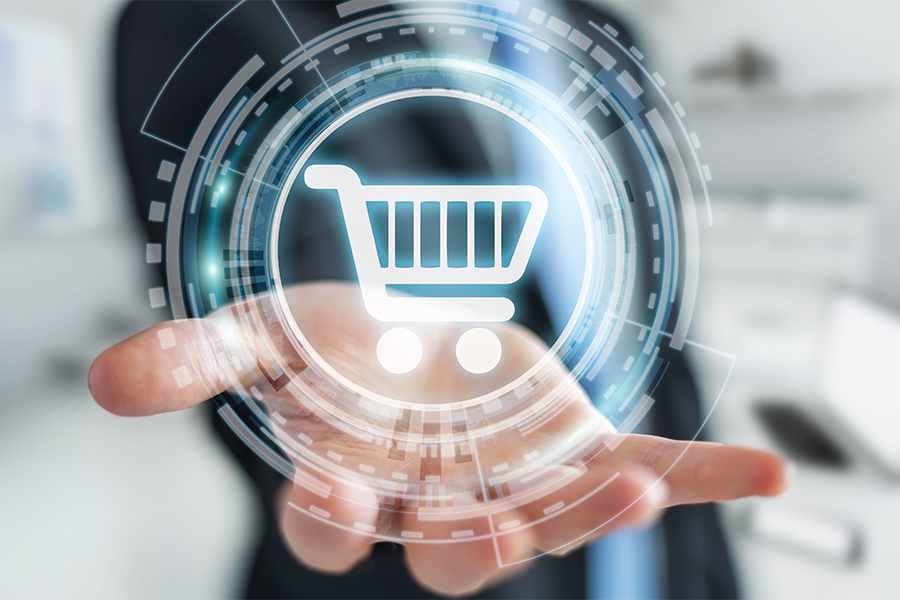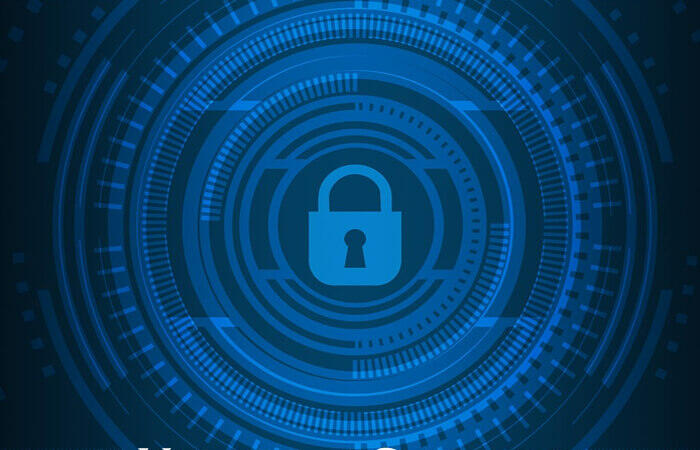5 Best Cashless Payment Options in India

Digital transactions or Cashless transactions are the latest trends in India. Cashless Future is the real goal of India’s demonetization move. The government move on Demonetization was to instantly nullify all 500 and 1,000 rupee banknotes, the most common currency denominations in the country, and then eventually replace them with newly designed, more secure 500 and 2,000 rupee notes.
Demonetization suddenly caused hundreds of millions of people to be left without the means to engage economically, there was no cash, no means to pay for daily goods, pay their staff, buy supplies with long queues in the banks and atm’s, is a long story left behind.
The Government is trying hard to make India a Cashless country, in the recent Budget announcement it said: “A Mission will be set up with a target of 2,500 crore digital transactions for 2017-18 through UPI, USSD, Aadhar Pay, IMPS, and debit cards”.
BHIM application was launched, 125 lakh people have adopted the BHIM app so far. New bank accounts are being opened at a heightened rate, e-payment services are seeing rapid growth, cash-on-delivery in e-commerce has crashed, and digitally-focused sectors like the online grocery business have started booming.
Paytm reported a three-times surge in new users — tacking on over 14 million new accounts in November alone. While Oxigen Wallet’s daily average users increased by 167% since demonetization began. With the government’s Jan Dhan Yogna at least all have a bank account. There are several ways to accept payment online including net banking, debit card, and mobile wallet. A wallet is a flexible option for someone in rural India who don’t have a net banking or debit card.
There are many options available in India, now lets us have a look at the options via which we can get cashless.
1. E-Wallets / Mobile wallet –
Like Paytm, Freecharge, MobiKwik, Jio Money,
Many digital wallet services work through apps on your smartphone. E-Wallet is a feature exclusively for customers who have registered and established a My Account profile. E-Wallet allows you to store multiple credit card and bank account numbers in a secure environment, and eliminate the need to enter account information when making your payment. Once you have registered and created E-Wallet profiles, you can make payments faster and with less typing. all you need to use them is something you know, such as your mobile phone number and a PIN (personal identification number).
E-Wallet saves you time because you don’t have to look for your credit card or bank account information every time you make a payment. Once you have it in your smartphone — it could transform the way you pay no matter where you are. All of these apps are aggressively targeting smaller merchants to ensure they are accepted at more and more places. Your neighborhood grocer might have switched already.
This is basically a virtual wallet available on your mobile phone, where you use your mobile phone to make payments. There are various service provider offers available you just have to download their application on your phone. You can also use net banking or credit/debit card to transfer money into these wallets.
2. Unified Payments Interface
UPI allows a customer to pay directly from a bank account to different merchants, both online and offline, without the hassle of typing credit card details, IFSC code, or net banking/wallet passwords.
You can download the UPI app of various banks like Andhra Bank, Axis Bank, Bank of Maharashtra, Bhartiya Mahila Bank, Canara Bank, Catholic Syrian Bank, DCB Bank, Federal Bank, ICICI Bank, TJSB Sahakari Bank, Oriental Bank of Commerce, Karnataka Bank, UCO Bank, Union Bank of India, United Bank of India, Punjab National Bank, South Indian Bank, Vijaya Bank, and YES Bank.
You just have to download the app from Play Store and install it on the phone and set the app login, create a virtual address, and add your bank account with Setting M-Pin and you can start transacting using UPI.
All that a customer needs is a smartphone with the Unified Payments Interface (UPI) application for instant online payment of utility bills, school fees, over-the-counter payments, and online shopping. UPI is expected to give mobile wallets like PayTM and Mobikwik a run for their money.
3. Debit cards and credit cards
Also named as Plastic money is issued by banks and can be used to make an online payment, point-of-sale purchases, even given as gift cards. A debit card (also known as a bank card or check card) is a plastic payment card that can be used instead of cash when making purchases. It is similar to a credit card, but unlike a credit card, the money comes directly from the user’s bank account when performing a transaction, while a credit card it requires the balance to be repaid in full each month. The risk of theft goes down to zero as it needs a PIN to carry out transactions.
4. Net Banking
Internet banking, e-banking, or virtual banking, is an electronic payment system that enables customers of a bank or other financial institution to conduct a range of financial transactions through the financial institution’s website.
This payment is simple and does not involve any wallet, it is a transfer of funds from your bank account to another bank account online. Net banking is a unique payment method that attracts more traction than credit cards in India. In simple words, Net banking is like paying through an account directly without any interference with Visa or Master Card. You are in direct connection with your particular bank and your account gets debited instantly.
5. Aadhaar Card enabled Payment System (AEPS)
People can now pay using an Aadhar card. It means you don’t need to have plastic money or e-wallets anymore. All you need is an aadhar card to make payments.
Aadhaar Enabled Payment System is a way to get money from the bank account. This system of getting money neither requires your signature nor a Debit card. You don’t even need to visit a bank branch for getting money through the Aadhaar Enabled Payment System. Rather, it uses Aadhaar data for authentication.
Suggested Read: Education channel for digital payment






